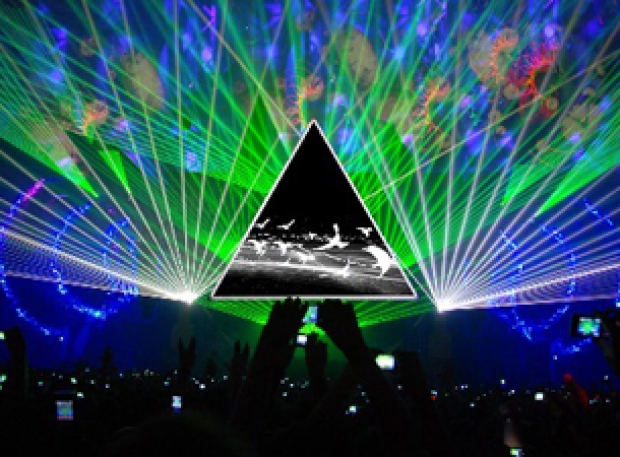Natia Frank said that if the invention can be commercialised, data will be easier to store.
He developed it as part of an international effort to reduce the power consumption and heat produced by modern computer processors.
Frank says the material in LI-RAM has the unusual quality of rapidly changing magnetic properties when hit with green light. According to a media release issued by UVic:
“This means that information can be processed and stored at the single molecule level, allowing for the development of universal memory — a technology that has, until now, been hypothetical."
LI-RAM does not overheat because light does not produce much, and runs much cooler so you can make designs that go much faster.
To make it even more revolutionary, the technology is also a lot greener.
The university estimates information communication technologies now use about 10 percent of the world’s total electricity and LI-RAM would cut that energy consumption in half.
Frank is working with international electronics manufacturers to optimize and commercialize the technology, and says it could be available on the market in the next decade.
Print this page
Published in
Cloud
Li-RAM could be the next big thing
Making light of memory
A Vancouver Island chemist has come up a light induced magnetoresistive random-access memory (LI-RAM) that uses light instead of electricity to store and process data.

